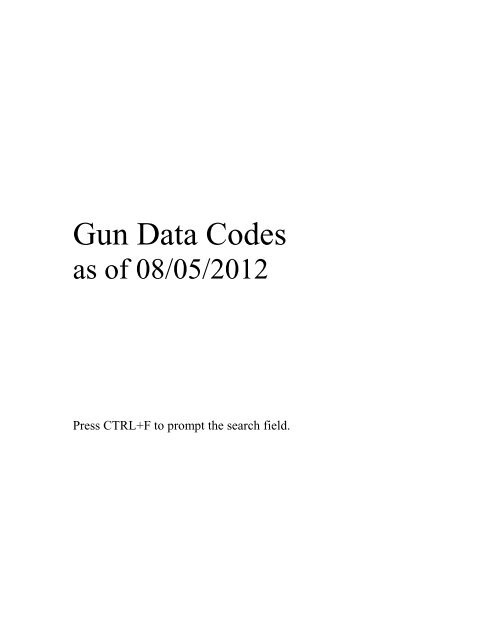

- #Bsa sportsman hv owners manual manuals
- #Bsa sportsman hv owners manual 32 bit
- #Bsa sportsman hv owners manual archive
And because the spring behind the hammer still has some preload against it, it will cause the hammer to rebound and smack the valve a second (or third, or more) time. Anyway, as some of us have already seen from slow motion videos on Youtube that right after the hammer strikes the valve on a conventional PCP the valve will push it back.

I wish I were able to provide an animated illustration of what I’m trying to explain, but since you’re all very imaginative airgunners, I think this should be sufficient. Personally, I attribute this problem to a hammer spring still having preload against the hammer even when the gun is uncocked.
#Bsa sportsman hv owners manual 32 bit
Download windows vista ultimate 32 bit iso highly compressed games. Sportsman Boats is certified by the National Marine Manufacturers Association (NMMA). User's Manual, maintenance and breakdawn are integred. This information will be important should you need to contact your dealer or Sportsman Boats Manufacturing for technical assistance and/or service. Perhaps some of us are of the understanding that without a properly designed hammer-spring-valve unit, air usage becomes inefficient. Anyway, what do you all think? Opinions are welcome. But still, I think that the lack of (or a very little amount) of hammer spring preload on my Cricket’s current state of tune contributes significantly to the shot count.

To be fair, please note that I also tuned my regulator and valve spring to work harmoniously with the hammer spring tension.

I believe this might be the reason why I am able to get that many shots. Using the cut, low-powered spring that the gun came with, there seems to be no preload on the hammer at all when it is uncocked. My Cricket can give me over 430 consistent shots at 8 FPE (powered-down for my backyard shooting sessions). Thus, when the hammer hits the valve, it will not rebound because the hammer spring behind it has no energy (preload) to let it rebound. So, I think that if you are able to use a hammer spring with the correct spring tension as the one your current spring utilizes that will also put out the desired velocity but exerts no preload when the gun is uncocked, hammer bounce is impossible, or at the very least, is greatly minimized because there is no preload. This all happens very fast, which the naked eye can’t see. In the upper left hand corner you will find the " CLICK FOR PRINTING" button, click on it if you want to print it out.Perhaps some of us are of the understanding that without a properly designed hammer-spring-valve unit, air usage becomes inefficient.
#Bsa sportsman hv owners manual manuals
Schematics, manuals and blueprints are several times larger than your screen, so please do not forget to expand your web browser over the entire screen, then zoom in the schematic, blueprint or manual and grab it with your mouse and move it around on your screen to see everything. To become a Firearms Guide user please go here:
#Bsa sportsman hv owners manual archive
Please find a list of some schematics, blueprints and manuals below in this page.įirearms Guide users can print them out in as many copies as they want for their archive or they can zoom in on them on their screen to see the smallest parts or dimensions, or to read manuals directly on the screen when they are working on their guns. Firearms Guide provides for its user over 15,000 printable gun schematics (diagrams or exploded views), blueprints with dimensions and tolerances, complete printable original military manuals, gunsmith's manuals, armorer’s manuals, army maintenance instructions, armorers instructions, cross sectional views, cutaway view, parts plates, disassembly instructions, parts lists with original parts numbers or codes, antique manuals, armorers repair manuals, army maintenance guides for antique and modern rifles, revolvers, pistols, handguns, shotguns, machine guns, submachine guns, assault rifles, black powder guns, muskets, etc.


 0 kommentar(er)
0 kommentar(er)
